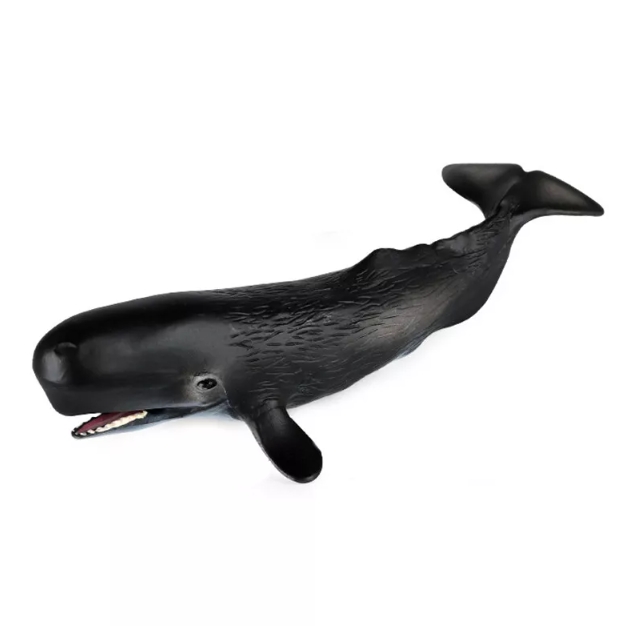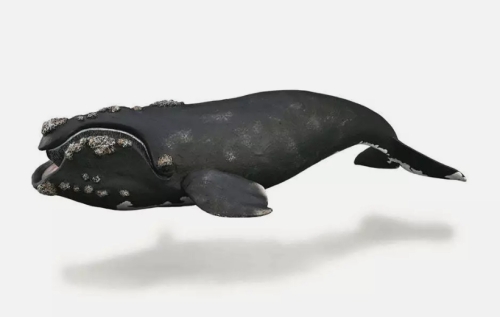The whale model is a mathematical and engineering model inspired by nature, which has found widespread application in computer science and optimization problems. The model simulates the behavior of whales foraging in the ocean, based on which efficient optimization algorithms are designed.
When foraging, whales use a strategy called "bubble net." They release bubbles to form a network of structures designed to trap prey. This phenomenon is translated into algorithms by mathematicians and engineers to solve complex optimization problems by simulating this behavior of whales. In this model, the location of the whale and the distribution of prey are abstracted into the search space and the target space, and the whale represents a series of possible solutions.
The whale model has attracted attention mainly because of its excellent adaptive ability and global search ability. In solving problems such as function optimization and machine learning parameter adjustment, the whale model shows better performance than the traditional algorithm. This is because traditional algorithms tend to fall into local optimality, while the whale model can explore the solution space more comprehensively by simulating the cooperation and competition of whale groups, so as to find a better solution.
In addition, whale models have also sparked research interest in biological ecosystems. By analyzing the foraging behavior of whales, we can gain a deeper understanding of natural selection and ecological balance. This interdisciplinary combination not only promotes the development of algorithms, but also provides a new perspective for biological research.
In practical applications, whale models can be used in energy management, financial forecasting, image processing and other fields. Its flexibility and efficiency make it an important member of modern optimization algorithms.
















